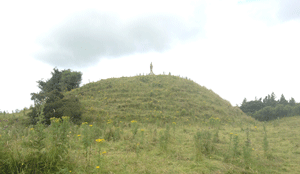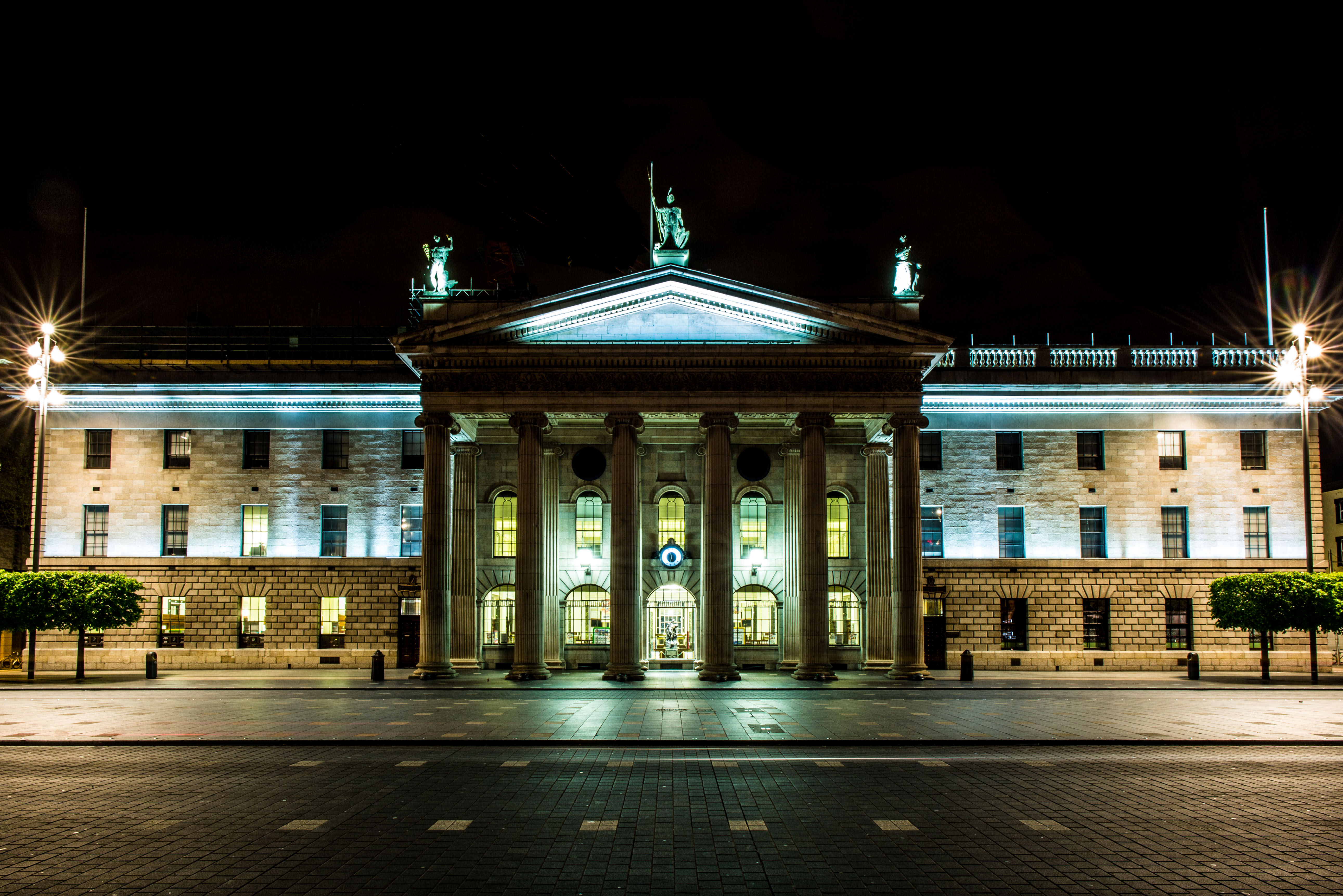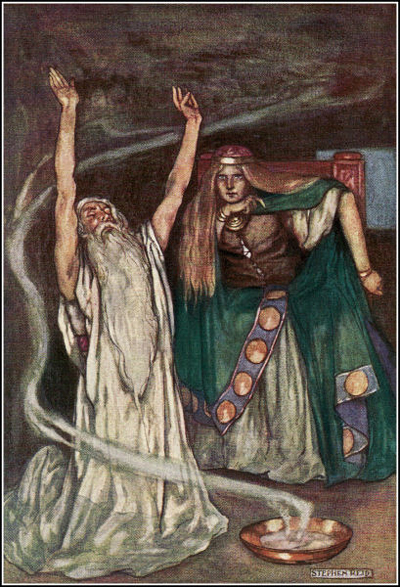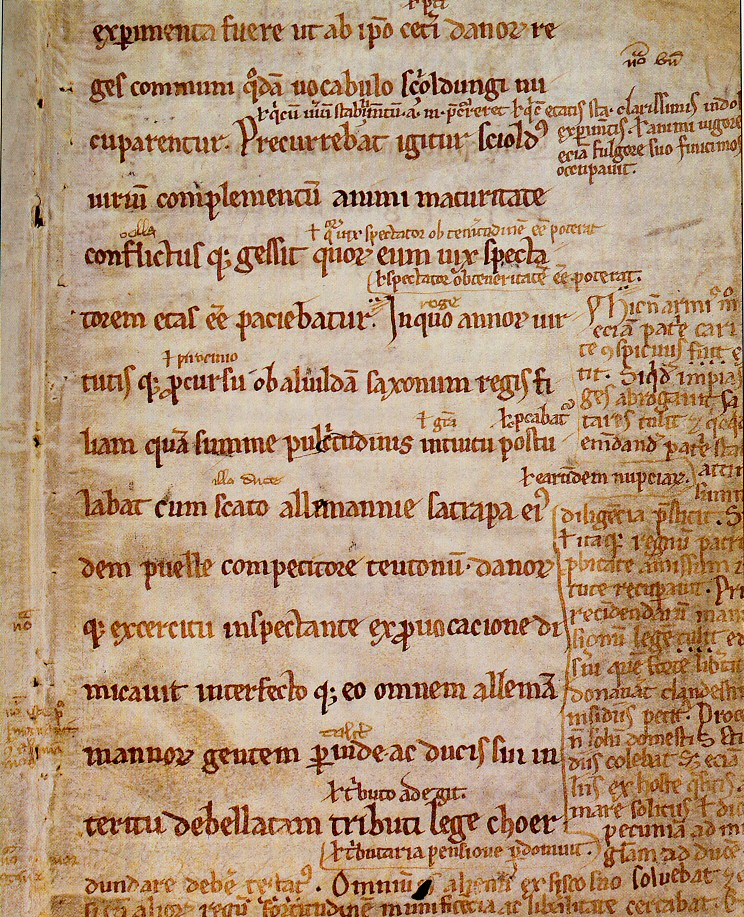|
Granard
Granard () is a town in the north of County Longford, Ireland, and has a traceable history going back to AD 236. It is situated just south of the boundary between the watersheds of the Shannon and the Erne, at the point where the N55 national secondary road and the R194 regional road meet. History The town has been a centre of population since Celtic times, probably because of its elevated position offering a view over the surrounding countryside. It is mentioned in the ancient Irish epic, the '' TĂ¡in BĂ³ Cuailgne'', as being one of the places where Queen Medb and her army stopped on their journey to take the '' Donn Cuailnge'' (the ''Brown Bull of Cooley''). The name of the village is itself so ancient as to be unclear even in Irish; the 11th-century writers of the '' Lebor na hUidre'' (containing the oldest written version of the ''TĂ¡in'') refer to it by means of a gloss as "''GrĂ¡nairud Tethba tuaiscirt .i. GrĂ¡nard indiu''" ("GrĂ¡nairud of northern Teathbha, i.e. GrĂ ... [...More Info...] [...Related Items...] OR: [Wikipedia] [Google] [Baidu] |
Granard Motte
Granard Motte is the remains of a motte-and-bailey castle and National Monument in Granard, County Longford, Ireland. Location Granard Motte ( RMP LF010-080001) is located in the town of Granard, west of Lough Kinale, overlooking the Inny valley. At an altitude of it is the highest motte in Ireland The earthworks lie about to the southwest of Granard town on an elevated site with panoramic views of the surrounding countryside. History Granard motte earthworks were built c. 1199 by a Norman knight, Richard de Tuit. It was erected upon and within a pre-existing hillfort (LF010-080002-), and has associations with a local branch of the Ă“ Fearghail clan (Farrell). It appears that it was intended as a frontier castle on the NW border of the Anglo-Norman lordship of Meath and designed to suppress the O'Reilly's of S Breffny. In 1210 King John stayed here during his campaign against Hugh de Lacy. The site later became known as Rath Granard. According to Bradley, it is the mo ... [...More Info...] [...Related Items...] OR: [Wikipedia] [Google] [Baidu] |
County Longford
County Longford ( gle, Contae an Longfoirt) is a county in Ireland. It is in the province of Leinster. It is named after the town of Longford. Longford County Council is the local authority for the county. The population of the county was 46,634 at the 2022 census. The county is based on the historic Gaelic territory of Annaly (''Anghaile''), formerly known as Teffia (''Teathbha''). Geography Most of Longford lies in the basin of the River Shannon with Lough Ree forming much of the county's western boundary. The north-eastern part of the county, however, drains towards the River Erne and Lough Gowna. Lakeland, bogland, pastureland, and wetland typify Longford's generally low-lying landscapes: the highest point of the county is in the north-west - Carn Clonhugh (also known as Cairn Hill or Corn Hill) between Drumlish and Ballinalee in the parish of Killoe, at . Cairn Hill is the site of a television transmitter broadcasting to much of the Irish midlands. In the l ... [...More Info...] [...Related Items...] OR: [Wikipedia] [Google] [Baidu] |
RisteĂ¡rd De TiĂºit
RisteĂ¡rd de TiĂºit (anglicised as Richard Tuite) (ob. 1210) was an Anglo-Norman nobleman and a member of Richard de Clare, 2nd Earl of Pembroke's Irish invasion force, and Lord Chief Justice of Ireland. His part in the original invasion is acknowledged in The Song of Dermot and the Earl, which recorded his grant of land in the western part of Meath (present-day Westmeath and Longford) under the authority of Hugh de Lacy in Trim. Introduction He built one of the largest Motte and Bailey settlements in Ireland at Granard Motte in 1199. His death, while Lord Chief Justice of Ireland, is recorded in Athlone by the Annals of the Four Masters under the year 1210 and his remains lie today in Abbeylara's Cistercian abbey. He was granted the feudal barony of Moyashel. Descendants RisteĂ¡rd de TiĂºit had two sons who survived him, RisteĂ¡rd 'Dubh' de TiĂºit, the eldest son and heir to the title and lands, and Muiris. Lodge's ''Peerage'' says that it was this RisteĂ¡rd, RisteĂ¡rd Dubh, ... [...More Info...] [...Related Items...] OR: [Wikipedia] [Google] [Baidu] |
R194 Road
The R194 road is a regional road in Ireland linking Longford in County Longford to Virginia in County Cavan to Moynalty in County Meath. The road is long. See also *Roads in Ireland *National primary road *National secondary road ReferencesRoads Act 1993 (Classification of Regional Roads) Order 2006– Department of Transport The Department for Transport (DfT) is a department of His Majesty's Government responsible for the English transport network and a limited number of transport matters in Scotland, Wales and Northern Ireland that have not been devolved. The ... Regional roads in the Republic of Ireland Roads in County Cavan Roads in County Longford Roads in County Meath {{Ireland-road-stub ... [...More Info...] [...Related Items...] OR: [Wikipedia] [Google] [Baidu] |
National Secondary Road
A national secondary road ( ga, BĂ³thar NĂ¡isiĂºnta den Dara GrĂ¡d) is a category of road in Ireland. These roads form an important part of the national route network but are secondary to the main arterial routes which are classified as national primary roads. National secondary roads are designated with route numbers higher than those used for primary roads, but with the same "N" prefix. Routes N51 and higher are all national secondary roads. National secondary roads have a default speed limit of 100 km/h (62.5 mph) as, along with national primary routes, they fall into the speed limit category of ''national roads''. There are 2657 km of national secondary roads in Ireland, making up slightly over 50% of the entire national route (national primary and national secondary) network. TII: ... [...More Info...] [...Related Items...] OR: [Wikipedia] [Google] [Baidu] |
Eircode
A "postal address" in Ireland is a place of delivery defined by Irish Standard (IS) EN 14142-1:2011 ("Postal services. Address databases") and serviced by the universal service provider, '' An Post''. Its addressing guides comply with the guidelines of the Universal Postal Union (UPU), the United Nations-affiliated body responsible for promoting standards in the postal industry, across the world. In Ireland, 35% of Irish premises (over 600,000) have non-unique addresses due to an absence of house numbers or names. Before the introduction of a national postcode system (Eircode) in 2015, this required postal workers to remember which family names corresponded to which house in smaller towns, and many townlands,. As of 2021, An Post encourages customers to use Eircode because it ensures that their post person can pinpoint the exact location. Ireland was the last country in the OECD to create a postcode system. In July 2015 all 2.2 million residential and business addres ... [...More Info...] [...Related Items...] OR: [Wikipedia] [Google] [Baidu] |
Regional Road (Ireland)
A regional road ( ga, bĂ³thar rĂ©igiĂºnach) in the Republic of Ireland is a class of road not forming a major route (such as a national primary road or national secondary road), but nevertheless forming a link in the Roads in Ireland, national route network. There are over 11,600 kilometres (7,200 miles) of regional roads. Regional roads are numbered with three-digit route numbers, prefixed by "R" (e.g. R105). The equivalent road category in Northern Ireland are Roads in Northern Ireland#"B" roads, B roads. History Until 1977, classified roads in the Republic of Ireland were designated with one of two prefixes: Trunk Roads in Ireland, "T" for Trunk Roads and "L" for Link Roads. ThLocal Government (Roads and Motorways) Act authorised the designation of roads as National roads: in 1977, twenty-five National Primary roads (N1-N25) and thirty-three National Secondary roads (N51-N83) were initially designated unde Many of the remaining classified roads became Regional roads (formally ... [...More Info...] [...Related Items...] OR: [Wikipedia] [Google] [Baidu] |
Lebor Na HUidre
The manuscript known as Lebor na hUidre (English translation: Book of the Dun Cow) is the oldest extant written in Gaelic (Irish), and the texts included therein recount Irish history through an eschatological lens. The Christian authors who contributed wrote about God’s intervention throughout the island’s history and attempted to understand His larger plan for Ireland.The authors recognized paganism as a part of Irish history but emphasized God’s influence on the mortal, pagan world in order to situate the Christianization of Ireland within the wider context of the spread of Christianity across Western Europe. /nowiki> Written in the 11th and 12th centuries, the inclusion of secular texts is also suggested to be politically motivated, as the scribes were writing in response to the sociopolitical issues that affected them during the time of production, such as the internecine familial strife amongst provinces, and the eventual external strife between the native population ... [...More Info...] [...Related Items...] OR: [Wikipedia] [Google] [Baidu] |
Medb
Medb (), later spelled Meadhbh (), MĂ©ibh () and MĂ©abh (), and often anglicised as Maeve ( ), is queen of Connacht in the Ulster Cycle of Irish mythology. Her husband in the core stories of the cycle is Ailill mac MĂ¡ta, although she had several husbands before him who were also kings of Connacht. She rules from Cruachan (now Rathcroghan, County Roscommon). She is the enemy (and former wife) of Conchobar mac Nessa, king of Ulster, and is best known for starting the ''TĂ¡in BĂ³ CĂºailnge'' ("The Cattle Raid of Cooley") to steal Ulster's prize stud bull Donn CĂºailnge. Medb is strong-willed, ambitious, cunning and promiscuous, and is an archetypal warrior queen. She is believed by some to be a manifestation of the sovereignty goddess.Ă“ hĂ“gĂ¡in, DĂ¡ithĂ. ''Myth, Legend & Romance: An encyclopaedia of the Irish folk tradition''. Prentice Hall Press, 1991. pp. 294–295Monaghan, Patricia. ''The Encyclopedia of Celtic Mythology and Folklore''. Infobase Publishing, 2004. p.319Koch, ... [...More Info...] [...Related Items...] OR: [Wikipedia] [Google] [Baidu] |
Donn Cuailnge
In the Ulster Cycle of Irish mythology Donn CĂºailnge, the Brown Bull of Cooley, was an extremely fertile stud bull over whom the TĂ¡in BĂ³ CĂºailnge (Cattle Raid of Cooley) was fought. Prologue A ninth century ''rĂ©mscĂ©la'' or foretale recounts how the tale came to be. In the 6th century, the poet SenchĂ¡n TorpĂ©ist gathered the poets of Ireland together to see if any of them knew the story of the ''TĂ¡in BĂ³ CĂºailnge'', but they all only knew parts of it. His son Muirgen came to the grave of Fergus mac RĂ³ich and spoke a poem, and Fergus' ghost appeared to him and related the events of the ''TĂ¡in'' as they happened. Legend He was originally a man named Friuch, a pig-keeper, who worked for Bodb Dearg, king of the Munster ''sidh''. He fell out with Rucht, who was a pig-keeper for Ochall Ochne, king of the Connaught ''sidh''. The two fought, transforming into various animal and human forms, ultimately becoming two worms which were swallowed by two cows and reborn as two ... [...More Info...] [...Related Items...] OR: [Wikipedia] [Google] [Baidu] |
Diocese
In church governance, a diocese or bishopric is the ecclesiastical district under the jurisdiction of a bishop. History In the later organization of the Roman Empire, the increasingly subdivided provinces were administratively associated in a larger unit, the diocese ( Latin ''dioecesis'', from the Greek term διοίκησις, meaning "administration"). Christianity was given legal status in 313 with the Edict of Milan. Churches began to organize themselves into dioceses based on the civil dioceses, not on the larger regional imperial districts. These dioceses were often smaller than the provinces. Christianity was declared the Empire's official religion by Theodosius I in 380. Constantine I in 318 gave litigants the right to have court cases transferred from the civil courts to the bishops. This situation must have hardly survived Julian, 361–363. Episcopal courts are not heard of again in the East until 398 and in the West in 408. The quality of these court ... [...More Info...] [...Related Items...] OR: [Wikipedia] [Google] [Baidu] |
Gloss (annotation)
A gloss is a brief notation, especially a marginal one or an interlinear one, of the meaning of a word or wording in a text. It may be in the language of the text or in the reader's language if that is different. A collection of glosses is a '' glossary.'' A collection of medieval legal glosses, made by glossators, is called an ''apparatus''. The compilation of glosses into glossaries was the beginning of lexicography, and the glossaries so compiled were in fact the first dictionaries. In modern times a glossary, as opposed to a dictionary, is typically found in a text as an appendix of specialized terms that the typical reader may find unfamiliar. Also, satirical explanations of words and events are called glosses. The German Romantic movement used the expression of gloss for poems commenting on a given other piece of poetry, often in the Spanish style. Glosses were originally notes made in the margin or between the lines of a text in a classical language; the meaning of a ... [...More Info...] [...Related Items...] OR: [Wikipedia] [Google] [Baidu] |






